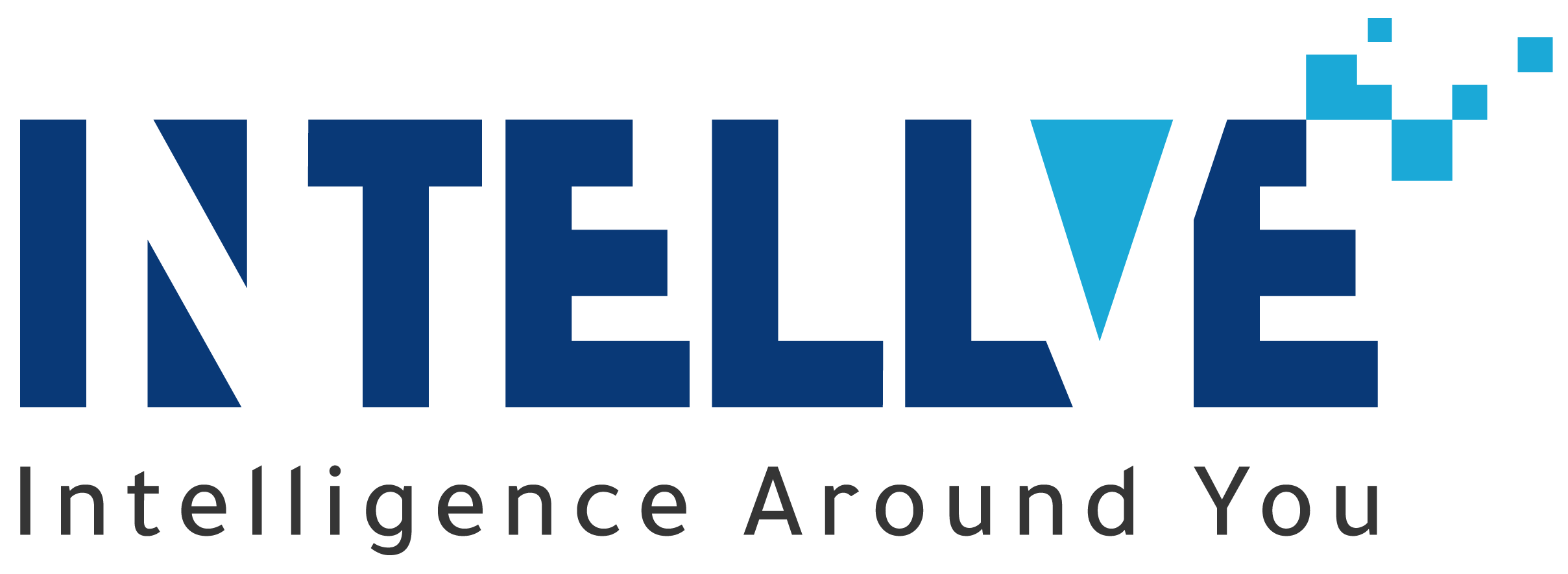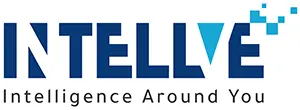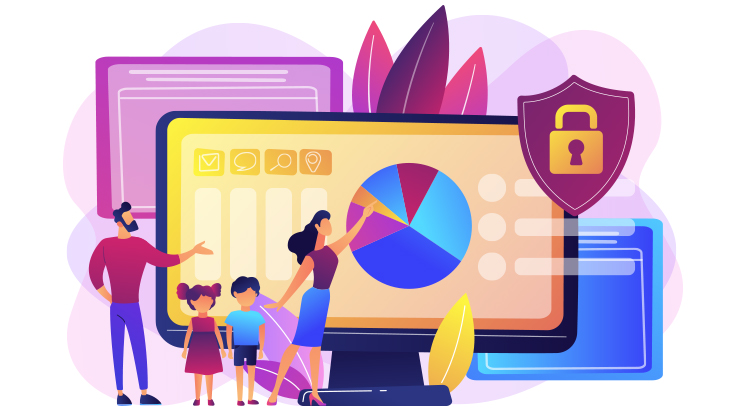Revolutionizing public safety is the need of the hour. The introduction of Artificial Intelligence popularly known as AI has created a huge impact to make a positive move towards enhancing public security. By integrating AI into video surveillance systems, security personnel can now detect and prevent potential threats without any difficulty.
AI uses complex algorithms and techniques to record real-time activities happening at a place and keeps copies of this footage for users to see for future reference. Video surveillance systems combine devices that are used to record, track and evaluate activities and places for security reasons and management purposes. With these systems, security teams can prevent criminal activities like burglary and theft while balancing public order and monitoring the overall premises. This article will offer you insights into how AI surveillance technology innovations are strengthening public safety and security.
Identifying Potential Threats in Real Time
Real-time AI monitoring is critical in a crisis where every second matters. AI has the capability to automatically detect and warn of possible threats which gives security personnel the appropriate response time to take necessary measures. This may create an opportunity for users to prevent escalation, thus reducing casualties, if there’s a situation of violence or a hazard.
Processing Data in Large Volumes
Compared to human efforts, AI in security and surveillance innovations can process large volumes of datasets faster without making any errors. It was difficult for traditional video surveillance systems to handle the entry of a huge number of data from various video feeds, thus resulting in delays and possible mistakes. However, with AI coming into the picture, video systems can now understand and analyze large numbers of data and at the same time offer threat assessment and real-time alerts to security personnel.
By Detecting Visual Cues
Increasing Surveillance Accuracy
Scaling Security Efforts
What is the Future of AI Video Surveillance in Public Safety
Currently, the main focus of AI’s capabilities is to transform the surveillance landscape and improve threat detection thereby revolutionizing public safety. In future, there is a scope to use this technology to create more adaptive, comprehensive and intelligent security solutions.
- Proactive rescue response optimization is one aspect where AI can be used effectively. AI video systems will automatically guide first responders and security teams using real-time data from various resources like traffic patterns, incident reports and CCTV feeds.
- AI uses predictive analytics to identify patterns and abnormalities which offers new opportunities for the prevention of proactive risks. AI algorithms continuously analyze old and existing data and environmental elements so that security teams can foresee threats, which gives authorities an advantage in allocating resources and implementing necessary actions.
- AI-enabled surveillance systems in the future will offer more collaborative and connective units between organizations and stakeholders. AI systems by establishing unified data standards and safe information-sharing regulations can improve coordination and communication between private security organizations, law enforcement and emergency agencies, thereby standing as a common barrier against public safety hazards.
Conclusion
To create a safer and more secure environment for people, different security agencies are now harnessing the power of AI and upgrading their security systems. Knowing potential accurate threats was once a challenge now can be done seamlessly by utilizing AI video surveillance systems.
For enhancing public safety and preventing threats, you can incorporate AI-powered video surveillance systems from Intelleve. Their products are backed by cloud-based computing which allows users to see footage in real-time without being glued to the monitoring devices all day.



